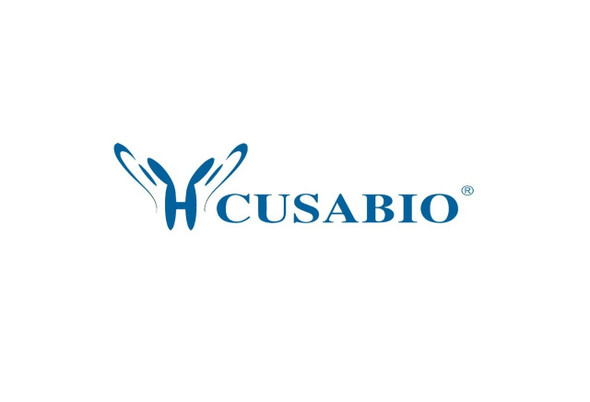Cusabio Polyclonal Antibodies
PAK3 Antibody, HRP conjugated | CSB-PA017407LB01HU
- SKU:
- CSB-PA017407LB01HU
- Availability:
- 3 to 7 Working Days
Description
PAK3 Antibody, HRP conjugated | CSB-PA017407LB01HU | Cusabio
PAK3 Antibody, HRP conjugated is Available at Gentaur Genprice with the fastest delivery.
Online Order Payment is possible or send quotation to info@gentaur.com.
Product Type: Polyclonal Antibody
Target Names: PAK3
Aliases: Serine/threonine-protein kinase PAK 3 (EC 2.7.11.1) (Beta-PAK) (Oligophrenin-3) (p21-activated kinase 3) (PAK-3), PAK3, OPHN3
Background: Serine/threonine protein kinase that plays a role in a variety of different signaling pathways including cytoskeleton regulation, cell migration, or cell cycle regulation. Plays a role in dendrite spine morphogenesis as well as synapse formation and plasticity. Acts as downstream effector of the small GTPases CDC42 and RAC1. Activation by the binding of active CDC42 and RAC1 results in a conformational change and a subsequent autophosphorylation on several serine and/or threonine residues. Phosphorylates MAPK4 and MAPK6 and activates the downstream target MAPKAPK5, a regulator of F-actin polymerization and cell migration. Additionally, phosphorylates TNNI3/troponin I to modulate calcium sensitivity and relaxation kinetics of thin myofilaments. May also be involved in early neuronal development.
Isotype: IgG
Conjugate: HRP
Clonality: Polyclonal
Uniport ID: O75914
Host Species: Rabbit
Species Reactivity: Human
Immunogen: Recombinant Human Serine/threonine-protein kinase PAK 3 protein (70-190AA)
Immunogen Species: Human
Applications: ELISA
Tested Applications: ELISA
Purification Method: >95%, Protein G purified
Dilution Ratio1:
Dilution Ratio2:
Dilution Ratio3:
Dilution Ratio4:
Dilution Ratio5:
Dilution Ratio6:
Buffer: Preservative: 0.03% Proclin 300
Constituents: 50% Glycerol, 0.01M PBS, PH 7.4
Form: Liquid
Storage: Upon receipt, store at -20°C or -80°C. Avoid repeated freeze.
Initial Research Areas: Neuroscience
Research Areas: Neuroscience;Signal transduction






